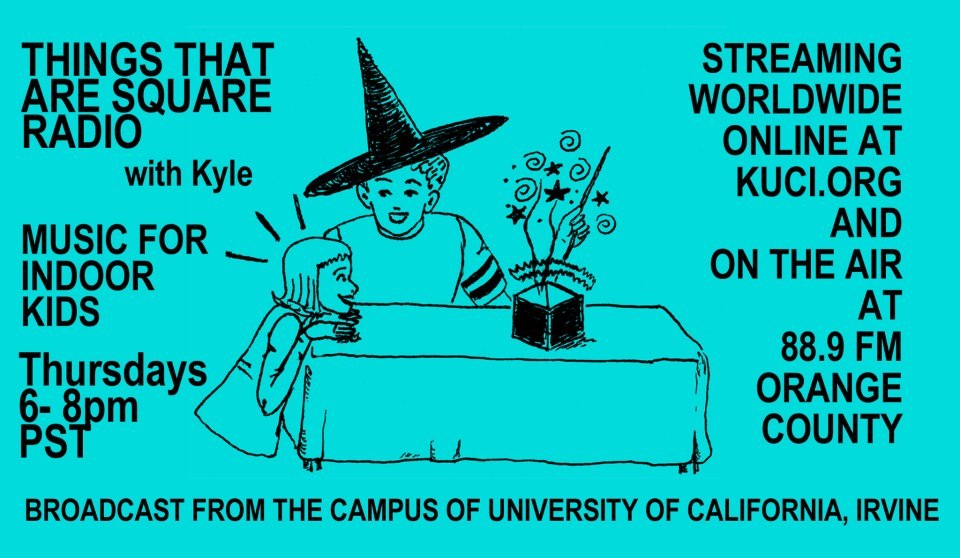Genre Research Project 66/1360: Garage rock
Garage rock is a raw form of rock and roll that was first popular in the United States and Canada from about 1963 to 1967. Its name derives from the perception that many often rehearsed in a family garage.
The style was characterised by lyrics and delivery that were more aggressive and unsophisticated than in commercial pop music at the time, often, for instance, using guitars distorted through a fuzzbox. It began to evolve from regional scenes as early as 1958, heavily influenced by surf rock. The "British Invasion" of 1964-66 greatly influenced garage bands, providing them with a national audience. Thousands of garage bands were extant in the USA and Canada during the era; hundreds produced regional hits, and a handful had national chart hits. By 1968 the style largely disappeared from the national charts. It was also disappearing at the local level as amateur musicians faced college, work or the draft. During the 1960s, it was not recognized as a separate music genre and had no specific name.
In the early 1970s, some critics referred to the style as punk rock, the first form of music to bear this description; although it is sometimes called garage punk, protopunk, or 1960s punk, the style has predominantly been referred to as garage rock.
The term garage rock comes from the perception that many such performers were young and amateurish, and often rehearsed in a family garage. Some bands were made up of middle-class teenagers from the suburbs, but some were from rural or urban areas, while others were composed of professional musicians in their twenties.
The performances were often amateurish, naïve or intentionally raw, with typical themes revolving around the traumas of high school life and songs about "lying girls" being particularly common. The lyrics and delivery were notably more aggressive than was common at the time, often with growled or shouted vocals that dissolved into incoherent screaming. Instrumentation was often characterised by the use of guitars distorted through a fuzzbox. Nevertheless, garage rock acts were diverse in both musical ability and in style, ranging from crude one-chord music (like the Seeds and the Keggs) to near-studio musician quality (including the Knickerbockers, the Remains, and the Fifth Estate). There were also regional variations in many parts of America with flourishing scenes particularly in California, offering bands such as Strawberry Alarm Clock, The Electric Prunes, Dino, Desi & Billy, The Standells, and Texas, offering bands such as Sir Douglas Quintet, The 13th Floor Elevators, Sam the Sham (Wooly Bully never made #1 despite being on the Billboard Hot 100 for almost four and a half months in 1965), and Fever Tree. The Northwest states of Idaho, Washington and Oregon had perhaps the most defined regional sound with bands such as The Bootmen, The Sonics and Paul Revere & the Raiders.


0 Comments:
Post a Comment
Subscribe to Post Comments [Atom]
<< Home